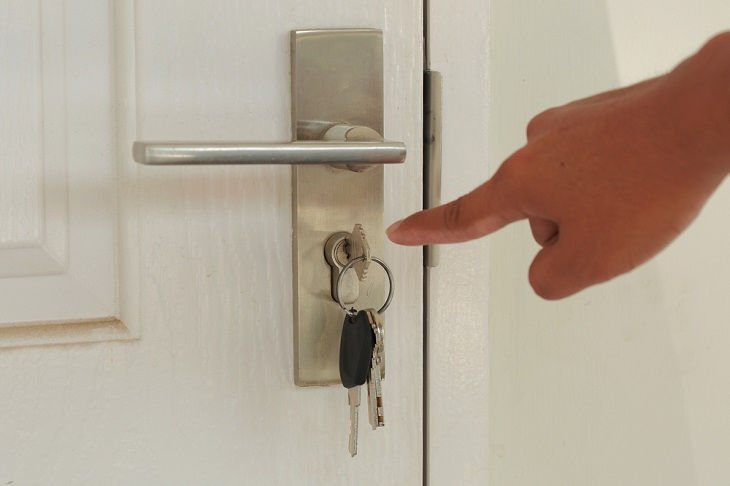All That You Need To Know About Floor JIB Crane
- ameliya lanne
- Jan 22, 2020
- 3 min read
Updated: Apr 13, 2024
Cranes are an essential part of the construction industry. You cannot imagine seamless construction work without them. When it comes to uses of cranes, then it's not just the construction work where these are used; in fact, they find application in various other works like moving heavier objects from one place to another, automobile industry, etc. There are different types of cranes available in the market and you can choose the best one according to your requirements. Jib cranes are mostly used in the construction industry. These cranes have had jib that supports the moveable hoist and is fixed either to the floor or the wall. The jib crane, which is attached to the floor, is known as a floor jib crane, and the ones which are attached to the wall are called wall jib crane.

Floor jib crane design and features
The jib cranes have a basic design; based on whether they are attached to the floor or wall, they differ in their functionality. The primary function of them remains the same. Floor jib cranes are simple to use and require lesser maintenance.
Here are the key components of jib cranes:
Boom- These are the horizontal beam that allows the trolley to travel back and forth
Pillar- It’s the vertical beam where the boom is supported.
Movable Hoist- The hoist functions as a lift. It moves the load up and down or horizontally.
Trolley- This can be manual or automatic. It carries the hoist, wire rope, and hooks along the length of the boom.
Electrification- Adding electric collector rings to the top and bottom of the mast assists in rotation and allows 360° boom rotation.
Control- nowadays, you can find some motorized jib systems, which makes use of a push-button controller, and controls the rotation of the boom, along with the movement of the trolley. The right kind of control system allows you to control the speed of the crane so that you can increase or decrease the speed of the crane based on your requirements.
Hook Height – Make sure that there is the lowest overhead construction. You can use these cranes to build your high-rise buildings and you can install such cranes on the wall or the roof to lift heavy building materials.
8. Environmental Factors – the components of the jib system are galvanized. It ensures that these parts resist corrosion and work seamlessly. There are specialized enclosed designs to make the system explosion free, doesn't get overheats, and resists moisture.
Uses of the jib crane
As we have mentioned above, job cranes are widely used in construction and various other processes. You can find a multitude of uses of the same. Here are some of the common applications of floor jib crane:
These are used in storage, yard, workstations and other localized places
For short-distance material handling serried places, you would find floor jib cranes useful.
They act as a supplement to the large overhead cranes
Used for suspension tools
You cannot use these cranes in places where you have inflammable or explosives.
All this shows that floor job cranes or other types find a multitude of uses. However, it is important that you must choose a floor jib crane, which is sturdy, made from good quality materials, and passes the safety standards, thus ensuring that they last longer and can be safely used.
You have the option of either buying a jib crane or taking them on rent. But, before you choose a jib crane, you must check its functionality, durability and weight lifting capacity.



















Comments